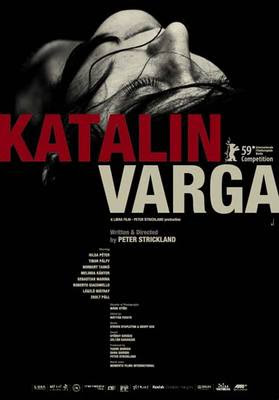Written, produced and directed by James Cameron, Avatar has been over ten years in the making and is now the highest grossing film of all time. Cameron has proved that he is once again king of the world by beating the box office record that he set with his previous film Titanic.
Set in the future Avatar is a science-fiction action adventure which follows the arrival of disabled ex-marine, Jake Sully, on a distant moon named Pandora. A corporation is exploiting the planet with the assistance of a crew of former marines who are after its valuable resources. Jake agrees to take part in a mission to evacuate the indigenous people of Pandora, known as the Na’vi, from a targeted site. By inhabiting an avatar that has been genetically modified using the DNA of Jake’s twin brother and a Na’vi, he is ordered to monitor and influence the planet’s indigenous population. Whilst befriending the Na’vi Jake falls in love with a local tribe leader’s daughter named Neytiri. Consequently Jake is confronted by the dilemma of his allegiance in the face of impending war.
In the vein of most science-fiction tales Avatar’s narrative contains a number of thematic subtexts that mirror our own reality and history. Parallels can be made to the false pretence of the Iraq war and the neglect and terror faced by the indigenous populations of America and Australia. The film also alludes to contemporary environmental concerns such as deforestation and climate change. This particular theme is most evident in the Na’vis relationship with their natural environment with which they share an intimate bond.
For a major blockbuster this is, to a certain extent, admirable and brave storytelling. The message or moral of the film, however, remains clouded and confused throughout. The filmmaker has refused to fully realise these issues in favour of optical spectacle. Therefore the film’s subtexts take a backseat to its visuals. The ambition to achieve a revolutionary technological palette has consequently diminished numerous filmic elements. The film suffers from a lack of characterisation, a cliché-ridden narrative and subsequently retains little emotional impact. In reference to its environmental concerns, the script renders them laughable due to the ghastly dialogue. Cameron comes across as a naïve hippie yearning for a long forgotten past. The film’s unoriginal narrative has been compared to the idealistic yarn Dances with Wolves with which it contains a stark resemblance. The final act is also reminiscent of another action adventure epic, namely Braveheart.
In relation to the film’s ongoing success it seems that its flaws are being overlooked in favour of its striking imagery. Admittedly Cameron has revolutionised 3D technology by creatively utilising it to create an immersive world in Pandora. The attention to detail in relation to the planet’s landscape and wildlife is impressive. As is to be expected from the director of Aliens and True Lies, the film’s action set pieces are also thrilling. Most notable among them is when Jake learns to master the winged creatures that the Na’vi use as a mode of transport and the final battle between the humans and aliens.
As mentioned earlier characterisation is a weak point in the narrative. The women in Jake’s life, however, are the most interesting. Neytiri is more than a female love interest, in fact by the film’s conclusion she has become the most captivating character of all. She educates Jake and gradually falls in love with her pupil yet remains fiercely independent. Her choices and character growth make her more believable than any of the humans in the film. Another interesting role is that of Dr Grace Augustine, played by Sigourney Weaver. The actress has re-united with Cameron after a gap of twenty-three years; it was in 1986 that she starred in Aliens. Weaver relishes her role as an ambitious scientist who sympathises with the indigenous tribes of Pandora. Over the course of the film she also develops a maternal bond with Jake.
The commercial benefits that Cameron’s prior productions have reaped put him in an unparalleled position of power in Hollywood. This in turn allows him freedom and the ability to invest time and money in his projects. His visual ambition and commercial drive, however, outweigh his commitment to original storytelling. Furthermore his contempt towards his human actors is evident throughout the film. On the other hand his half-baked attempt at creating believable CG characters is also deplorable. Therefore Avatar would have ultimately been better as a video game or a cinematic theme park ride similar to the ones in Universal Studios and Disneyland. Its traits are similar to these other formats than the art of film.


